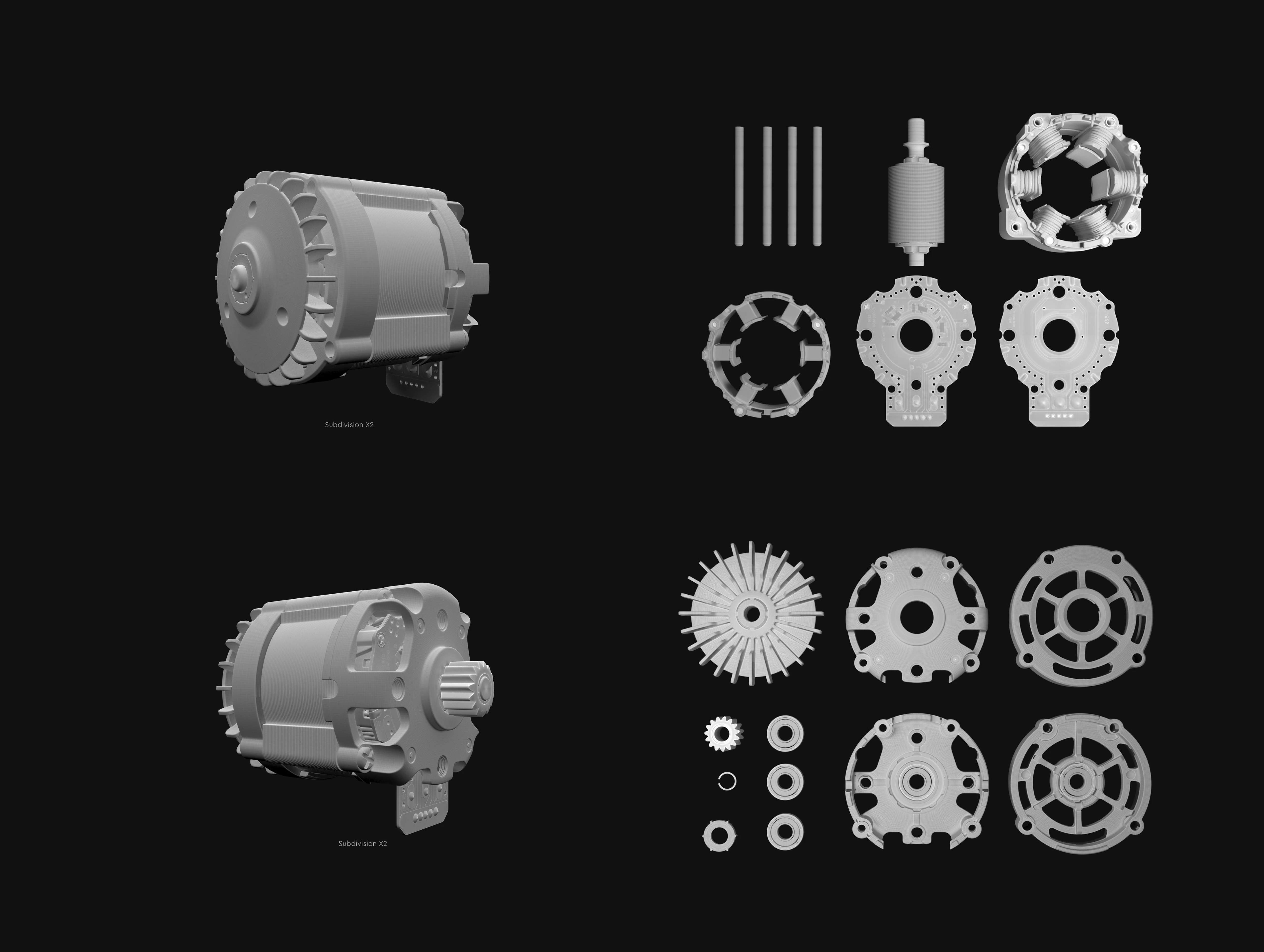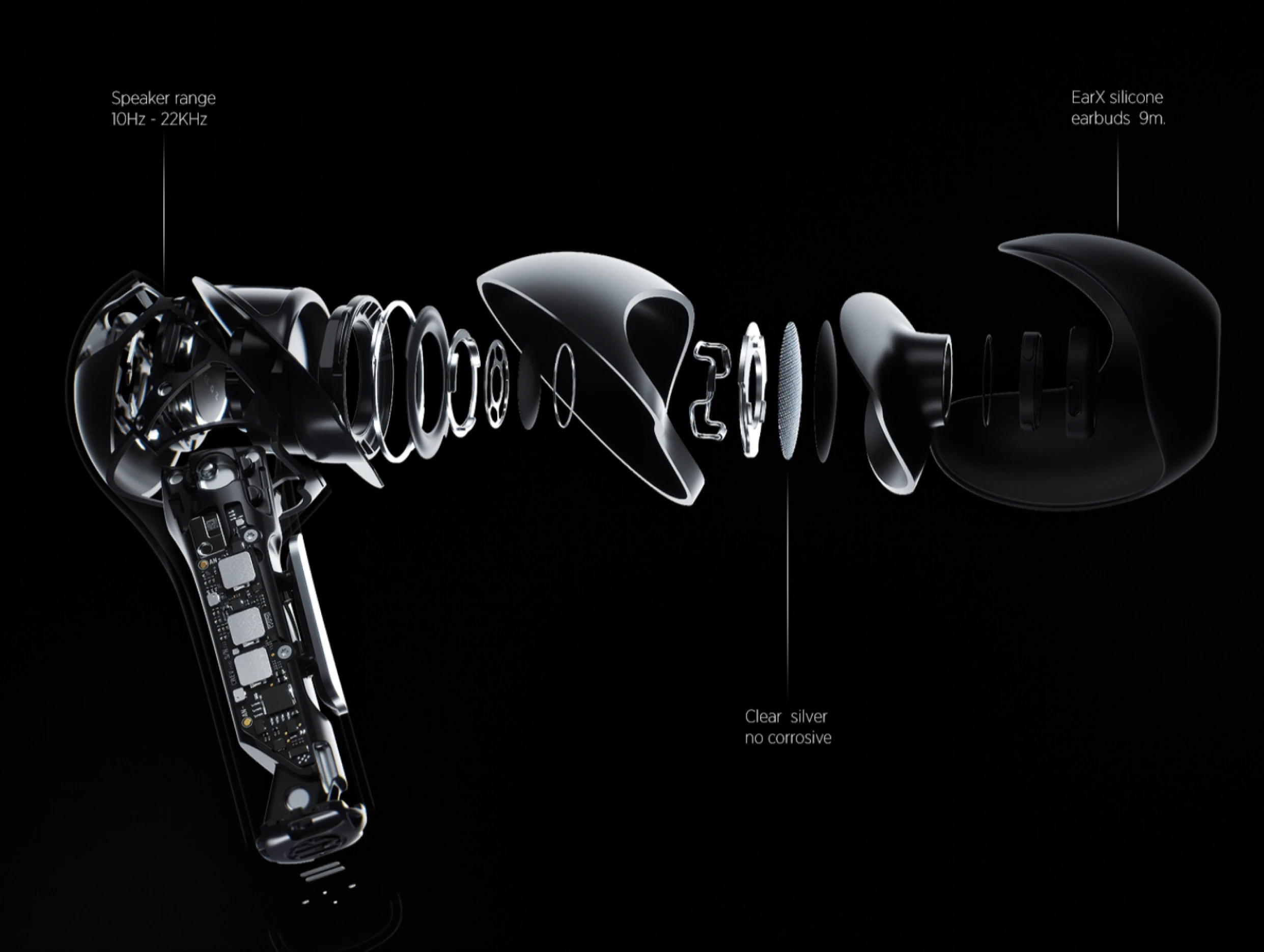ARTICLE
3D modeling: revolutionizing advertising and marketing
Let's delve into the transformative power of 3D modeling in the realm of advertising and marketing.
Advertising and marketing have transcended beyond images and videos in. Products now spring to life right before your eyes, allowing you to explore virtual showrooms, while brands narrate their tales using engaging 3D content.
Diving into the virtual realm
3D modeling enables the creation of realistic and dynamic visual representations that are impossible to achieve with conventional methods. This opens up endless possibilities for brands to engage and captivate their audience.
Here are just a few examples of how 3D modeling is used in advertising and marketing:
- Virtual showrooms: now you can take a stroll through a virtual store without leaving your home. 3D modeling enables the creation of interactive showrooms where customers can view products from all angles, zoom in, and even "try them on" themselves.
- Product visualization: 3D models of products can be used to create realistic images and videos that showcase their features and benefits. This is especially useful for products that are difficult to photograph or have many intricate details.
- Interactive advertising campaigns: 3D models can be used to create interactive advertising campaigns that engage the audience and make ads more interesting. For example, users can interact with 3D characters, play games, or participate in virtual contests.
- Brand storytelling: 3D modeling can be used to create captivating brand stories that emotionally resonate with the audience. This can be particularly effective for brands that want to convey their values and mission.

The 3D model was created by specialists at Prakhova Studios and is protected by copyright.
The psychological effects of 3D modeling
3D modeling does more than make ads visually appealing. It also has a powerful psychological impact on the audience.
Research has shown that 3D content:
- Attracts more attention: 3D models are more noticeable than static images and can hold viewers' attention for longer.
- Enhances understanding: 3D models allow people to better understand products and services, which can lead to increased sales.
- Fosters emotional connection: 3D models can evoke emotions in people, making ads more memorable and effective.
- Builds trust: 3D models can create a sense of trust and authority, which is especially important for brands selling expensive or complex products.

The 3D model was created by specialists at Prakhova Studios and is protected by copyright.
What does the future hold for advertising and marketing?
3D modeling is just the beginning. As technology evolves, we can expect 3D content to become even more realistic, interactive, and engaging.
Brands that want to stay at the forefront of innovation should invest in 3D modeling and use this technology to create more effective advertising and marketing campaigns.

The 3D model was created by specialists at Prakhova Studios and is protected by copyright.